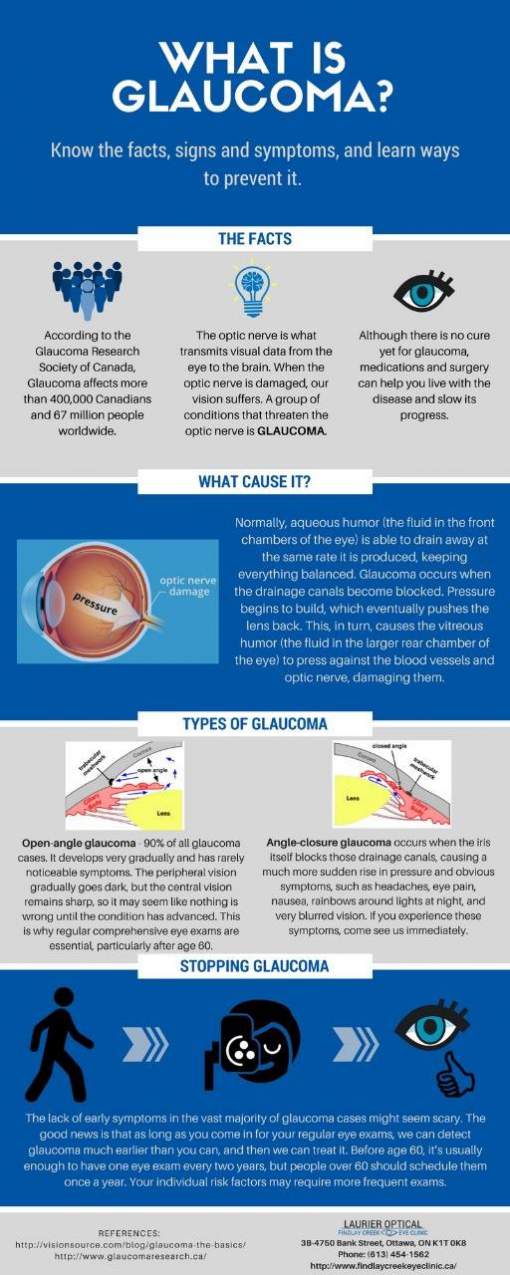A Helpful Overview For Beginners On The Sources Of Dry Eye Disorder: Comprehending The Essentials
A Helpful Overview For Beginners On The Sources Of Dry Eye Disorder: Comprehending The Essentials
Blog Article
Content Written By-Coble Haas
If you've ever before experienced the discomfort of completely dry eyes, you may be wondering what factors go to play. From age-related modifications to environmental triggers and way of life routines, the sources of dry eye disorder can be complicated and multifaceted. By deciphering the elaborate internet of impacts that contribute to this condition, you'll get a much deeper understanding of how to address and possibly relieve its symptoms. Keep tuned to discover the complex interplay between different elements that can cause completely dry eye syndrome and uncover means to proactively handle this usual eye concern.
Elements Influencing Dry Eye Growth
Dry eye syndrome can be influenced by numerous elements that add to its advancement. One substantial factor is age. As you get older, your eyes may produce less rips or tears of lower high quality, bring about dry skin.
Certain clinical conditions like diabetes, thyroid disorders, and autoimmune conditions can also impact tear production and quality, worsening completely dry eye signs. Hormonal changes, especially in women during menopause, can contribute to dry eyes also.
Furthermore, medications such as antihistamines, decongestants, and antidepressants can reduce tear production and trigger dryness. Environmental aspects like smoke, wind, and dry air can aggravate the eyes and intensify dry eye symptoms.
Furthermore, extended screen time and digital gadget usage can result in decreased blinking, causing poor tear circulation throughout the eyes. Comprehending these elements can help you identify possible triggers for your dry eye signs and take aggressive steps to manage and reduce them.
Environmental Triggers and Dry Eye
Direct exposure to different ecological aspects can significantly affect the development and exacerbation of completely dry eye symptoms. Toxins like dirt, smoke, and air contamination can aggravate the eyes, bring about boosted tear dissipation and dryness.
Environment problems such as reduced humidity degrees, heats, and gusty weather condition can also contribute to moisture loss from the eyes, causing discomfort and completely dry eye signs and symptoms. Furthermore, spending extended durations in cool or warmed environments can reduce air wetness, further intensifying dry eye.
Prolonged use electronic screens, usual in today's technology-driven globe, can also stress the eyes and lower blink prices, causing not enough tear manufacturing and dry eye issues. To reduce the impact of environmental triggers on dry eye, take into consideration using a humidifier, taking breaks from screen time, wearing safety glasses in gusty problems, and utilizing artificial tears or lubricating eye drops as required.
Being mindful of these environmental elements can aid take care of and prevent dry eye symptoms effectively.
Lifestyle Habits Impacting Eye Moisture
Just how do your daily behaviors impact the wetness levels in your eyes? Your way of living plays a considerable function in establishing the health of your eyes.
For Read Even more , not consuming alcohol adequate water can lead to dehydration, creating your eyes to end up being dry and aggravated.
Furthermore, spending prolonged https://docs.google.com/spreadsheets/d/1jyFXJTYnYCGpAXd6lW_QYROF4wPIcMxysPz1aU9W9Kw/edit#gid=1281400212 staring at displays can lower your blink price, causing increased tear evaporation and dryness.
Smoking cigarettes is another way of living practice that can get worse dry eye signs and symptoms, as it can aggravate the eyes and add to tear movie instability.
In addition, eating extreme amounts of caffeine or alcohol can dehydrate your body, including your eyes, making them a lot more prone to dryness.
Lack of rest can additionally affect eye moisture levels, as sufficient remainder is essential for tear production and overall eye health.
Verdict
In conclusion, recognizing the numerous aspects that contribute to completely dry eye disorder is crucial to handling and stopping this common eye condition. By understanding age-related changes, clinical conditions, ecological triggers, and lifestyle practices that can influence eye dampness, novices can take aggressive steps to reduce dry eye symptoms. Remember to remain hydrated, take breaks from displays, and talk to a health care professional for personalized recommendations on handling completely dry eyes.
